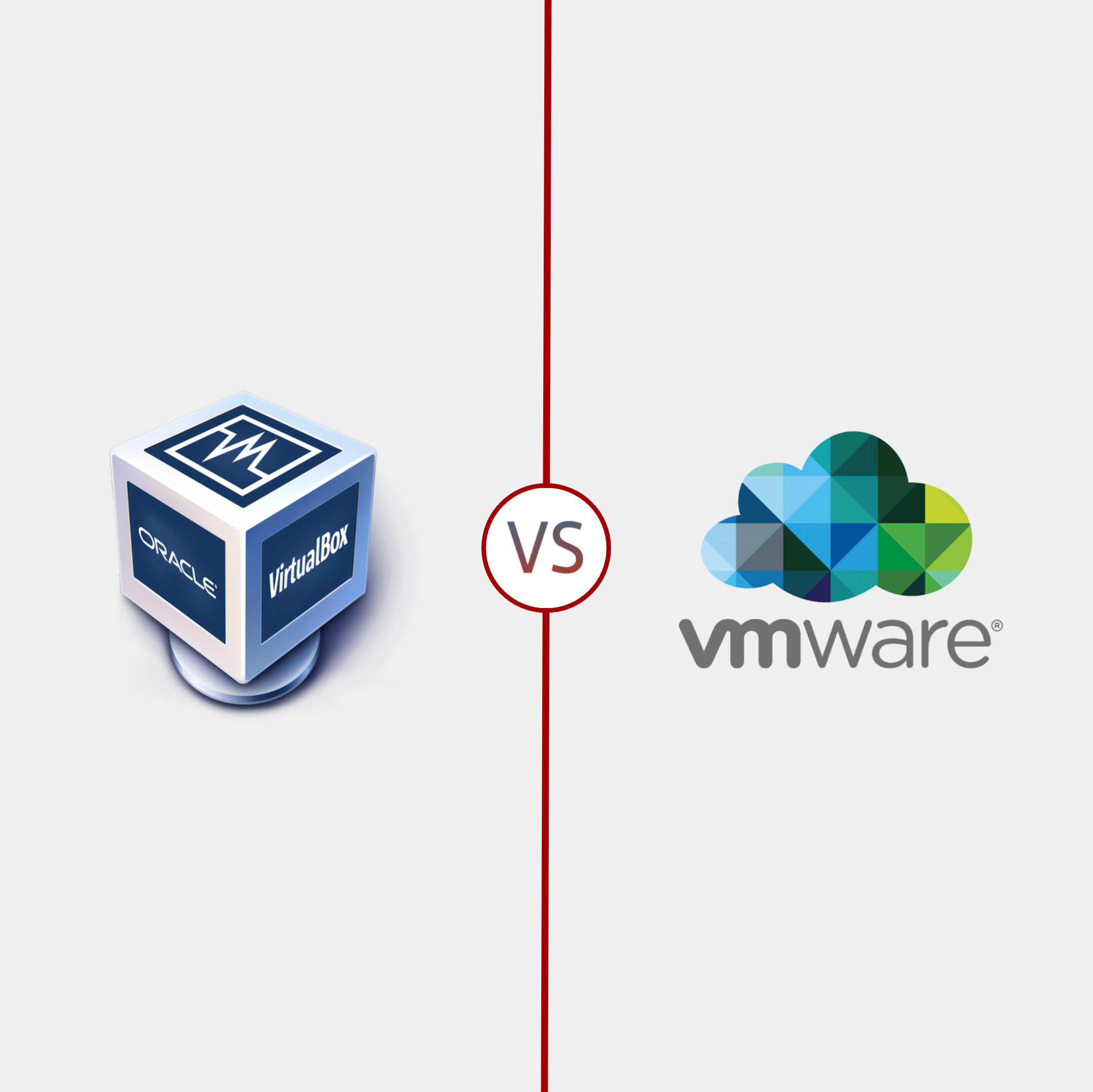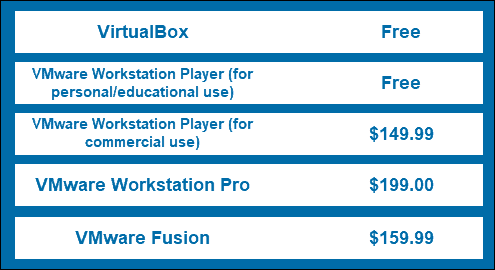

- VMWARE VS VIRTUALBOX INSTALL
- VMWARE VS VIRTUALBOX UPDATE
- VMWARE VS VIRTUALBOX SOFTWARE
- VMWARE VS VIRTUALBOX PC
- VMWARE VS VIRTUALBOX FREE
VMWARE VS VIRTUALBOX SOFTWARE
Running virtual software is not anymore done by testers only but many people are taking advantage of running virtual machine on their PCs for security and privacy. This post is part of the series: VMware Vs VirtualBox Vs Virtual PC 2007 VMware will use more virtual memory size that VirtualBox and Virtual PC because VMware software is installed as a service ( SaaS). This incident does not occur with Virtual PC and VMware. The system’s performance is back to normal as soon as this activity is done. VirtualBox hangs or freeze when creating new virtual disk and the system crawls while it is busy creating the new virtual disk. The performance of VMware, Virtual PC and VirtualBox relies with the available RAM and configurations of the program but on my test desktop that have 3GB of RAM, VMware outperforms VirtualBox and Virtual PC. If you are advanced user, you will be enjoying VirtualBox and VMware. However, there is more customization option during installation with VB and VM. VirtualBox and VMware’s installation process is quick and straightforward like Virtual PC.
VMWARE VS VIRTUALBOX INSTALL
The required installation size for Virtual PC (36MB) is smaller than what VirtualBox (79MB) and VMware (150MB) will use.Īll of the 3 programs will automatically install the network adapters. The installer of VMware is 507MB which larger than VirtualBox (67.8MB) and Virtual PC (30.4MB). All of these programs can be installed on 32-bit or 64-bit editions of Windows and you can also install it on many distros of Linux. More RAM is also recommended especially if you will run multiple guest operating systems. VMware, Virtual PC and VirtualBox do require modern hardware but it is recommended to use high-end and modern CPUs (1 GHz or higher is recommended) so you won’t see much of slow performance when running a guest system. There are numbers of virtual software to enjoy and this article will discuss the three popular virtual machine applications: Virtual PC 2007, VirtualBox and VMware Workstation.
VMWARE VS VIRTUALBOX UPDATE
For this.I cannot imagine updating Svr 2016 every Tuesday and needing to shut down all the VMs.or moving the VMs to another host.update, then move all the VMs to the updated host then update the other host.While anti-malware and firewall will help secure the system, browsing using a sandbox or virtual environment has become one of the methods to prevent infection and damage on the main system (host system). So even if you are running VMware ESXi 5.5, you may have to update to VMware 5.5 update 3 or update 4 as time passes.


The ability to move VM from one physical box to another without users knowing it (ping does not even drop for most cases) become important as updating or patching the ESXi hosts usually requires a reboot (any VMs on the box needs to be moved off or powered off). Then there are other features like vMotion (and/or storage vMotion) where you can move VMs from one host to another host without the need to power off VMs.Įveryone knows that there are so many malware etc and patching becomes a daily/weekly affair.even patching or checking for patches for ESXi becomes a monthly or quarterly routine.
VMWARE VS VIRTUALBOX FREE
The paid vCenter is also relatively easy to use on top of the free ESXi. There are many "free" hyper-visors but IMHO, VMware has the lightest footprint (140mb), easiest management and one of the most "idiot-proof" setup for most IT people. I think before you start looking at if a product is free or paid, you may want to see or understand what type of features you are looking at and what type of support levels are you looking at.


 0 kommentar(er)
0 kommentar(er)
